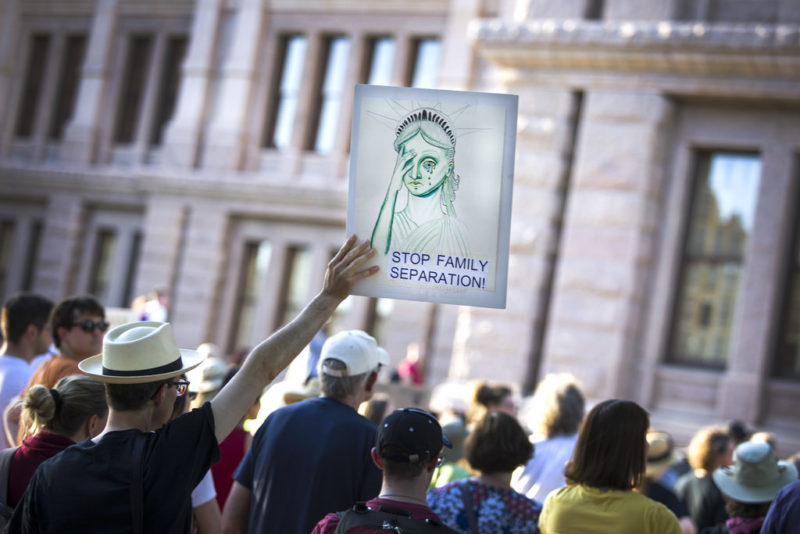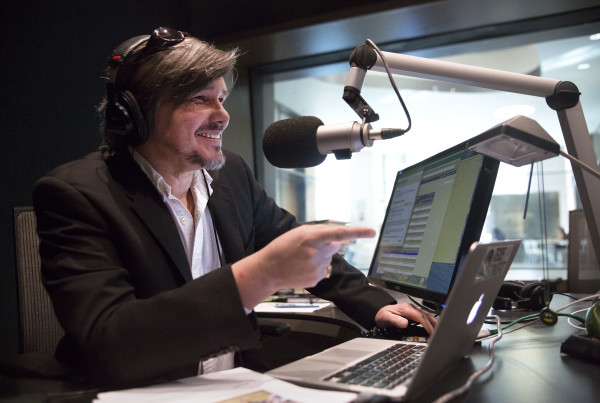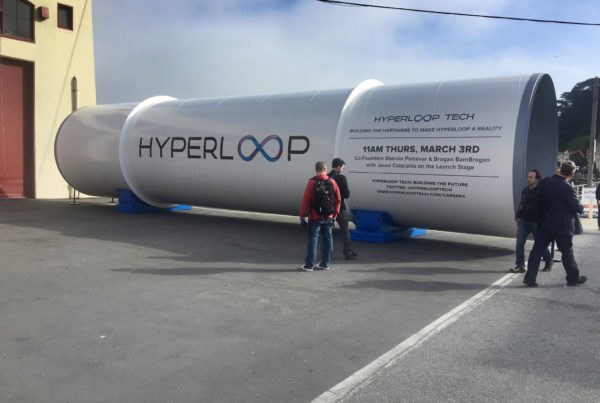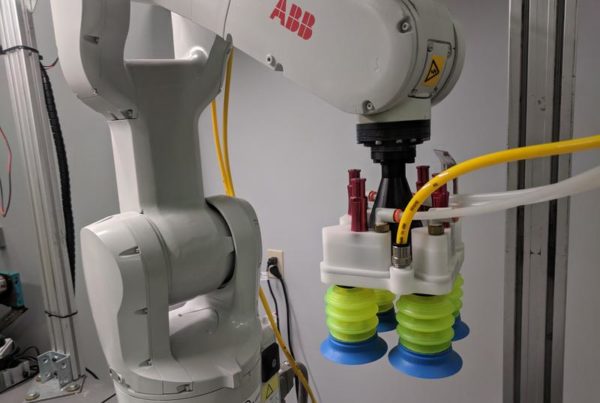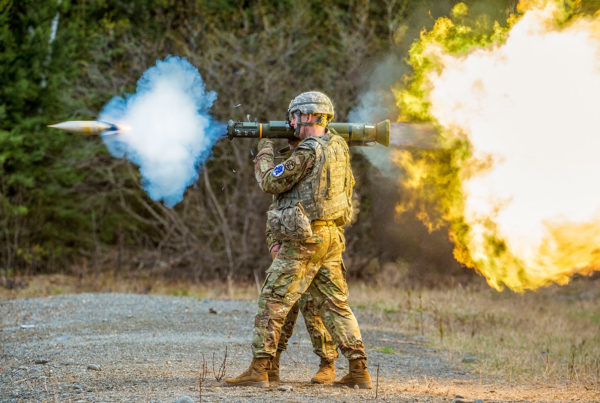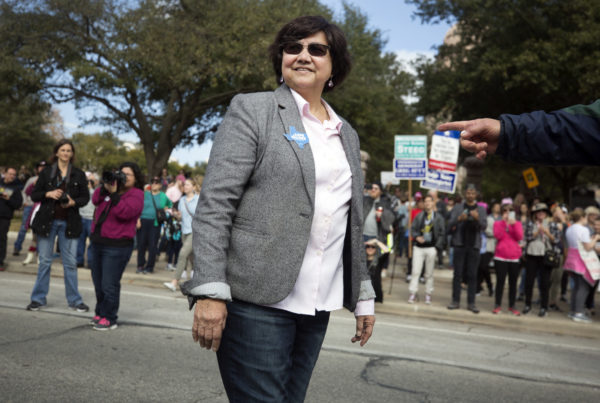In Mexico Friday, U.S. and Mexican negotiators are mulling a plan pushed by Washington, aimed at cutting off the flood of asylum-seekers entering the U.S. From south of the border – the vast majority of them from Central America. The Trump administration is pushing a so-called “third party agreement.”
“What this would do would require that any asylum-seeker that is trying to get to the United States, if they set foot in Mexico first, they would be required to seek asylum with Mexican authorities,” says Jeremy Schwartz of the Austin American-Statesman. “And basically what that would do would allow the United States to remove, to send back any asylum seekers – Central American asylum seekers in particular – who have passed through Mexico without any sort of hearing or bureaucratic process.”
In just a few years, the number of asylum requests that Mexico receives has jumped from around 2,000 to nearly 15,000 last year.
“Central Americans are increasingly looking at Mexico as an option for asylum,” Schwartz says. “The problem is Mexico’s asylum system…is not used to handling these amounts. It’s a fairly young, very small agency, and it is completely overwhelmed. There are about half of those 15,000 [that] have had their cases suspended, sort of put on ice, and resolutions are maybe a year out for folks.”
For the U.S., Schwartz says, “it’s obvious that, you know, this is a huge goal of the Trump Administration.”
But for Mexico, the incentive to strike a deal to accept more asylum seekers is less compelling. In the wake of Mexico’s July 1 presidential election, the U.S. is now negotiating with an outgoing administration, that of Enrique Peña Nieto, who leaves office in December.
“He has had this goal of sort of getting a leg-up in NAFTA negotiations,” Schwartz says, “and kind of sees this third safe country agreement as a way to get a better deal with the U.S. The incoming president, Andrés Manuel López Obrador, is less keen on NAFTA in general, and there are a lot of experts who believe that he will not be wanting to do a deal like this with the United States.”
Even before the elections, the deal wasn’t a sure thing.
“There has been a lot of scepticism throughout this whole process. I think a lot of the discussion has been fueled on the U.S. side – I mean, this is something, this is a big priority, this would be a huge coup for the Trump administration’s immigration policy. It has never really made a ton of sense for Mexico to enter into this agreement. They’d be setting themselves up for potentially years, potentially hundreds of thousands of Central American migrants, asylum seekers, coming into their country. It’s unclear…whether their asylum system will ever be able to handle that amount, whether their economy can handle that amount. Absent a, you know, a really great offer from the US, it hasn’t been clear what exactly they would get in return.”
Though the jump in asylum-seekers is a strain on Mexico, the U.S. continues to get many more asylum requests than its southern neighbor.
“In 2016, [the United States] received about 65,000 requests just from Central America-Northern Triangle migrants, compared to Mexico’s 15,000 [last year]. As we’ve been saying, even that 15,000 was way beyond their capacity,” Schwartz says.
Written by Rachel Taube.


